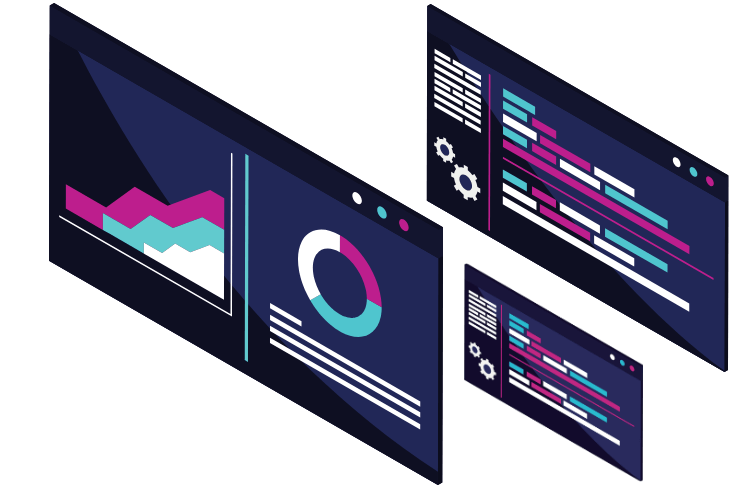Exploring the Future of Digital Experiences
In today’s fast-evolving digital world, user experience plays a pivotal role in shaping how brands communicate and engage with their audiences. Whether it’s through sleek interfaces, seamless navigation, or personalized interactions, the future lies in immersive, intuitive designs.

Innovators are now looking beyond conventional methods, integrating AI, AR, and voice-driven commands to create next-generation digital experiences. This shift is not only redefining user expectations but also creating new standards for online interactions.
“The best digital experiences are those that understand user intent and respond before the user even acts.” — Digital Thinkers Journal
Key Components of a Great UX

Creating a standout digital experience involves more than just aesthetics. Here are the essential components:
- Usability – Simple, intuitive design is crucial.
- Accessibility – Everyone should be able to interact with your content.
- Usability – Simple, intuitive design is crucial.
- Speed – Performance directly impacts retention.
- Consistency – Visual and functional consistency builds trust.
Understanding Your Audience Through Data

Audience insights are critical for tailoring content and design strategies that resonate. Modern tools allow brands to collect real-time feedback, behavioral patterns, and demographic data to refine their offerings.
Using data-driven design doesn’t just improve performance — it also enhances the emotional connection users feel with your product. This means higher engagement, better retention, and ultimately, stronger brand loyalty.
Segmenting for Success
Segmentation allows for more targeted communication. Here’s how different audience types might respond to your content:
- First-time Visitors – Need orientation and clarity.
- Returning Users – Appreciate familiarity and new features.
- Subscribers – Expect personalized, exclusive value.
- Loyal Customers – Thrive on recognition and rewards.




Table: Sample User Segment Breakdown
| Segment | Goal | Preferred Content | Frequency of Visit |
| First-Time Users | Learn & Explore | Blog Posts, Videos | Occasional |
| Subscribers | Stay Informed | Newsletters, Updates | Weekly |
| Buyers | Purchase & Review | Product Pages, Reviews | Monthly |
| Power Users | Deep Engagement | Webinars | Whitepapers |
| Frequent | Abandoned Users | Re-Engagement | Discounts, Emails |
Creating Content That Converts
Content is still king — but now it must be intentional. The right messaging at the right time can influence customer decisions in ways no ad ever could. That’s why content strategy should be aligned with the buyer’s journey.

From awareness to decision-making, content should be designed to build trust and provide value at every touchpoint. Visuals, tone, and placement are as important as the words themselves.
Types of Content to Consider
- Blog articles
- Case studies
- Testimonials
- Product walkthroughs
- Webinars
Don’t Forget Microcopy
Even the smallest bits of text — like button labels or error messages — can influence how users feel about your brand. Invest time in crafting meaningful microcopy that supports your message and reduces friction.
Optimizing for Mobile: A Non-Negotiable
With over 60% of web traffic now coming from mobile devices, optimizing your site for smaller screens is no longer optional — it’s essential. A mobile-first approach ensures that content loads quickly, looks great, and functions well on all devices.
Responsive design, fast load times, and finger-friendly navigation are the minimum requirements.
Mobile Optimization Checklist
✅ Responsive layout
✅ Touch-friendly buttons
✅ Compressed images
✅ Mobile-friendly fonts
✅ Clear CTAs
Tools You Can Use
Here are some free and paid tools for testing your mobile performance:
- Google Mobile-Friendly Test
- GTmetrix
- BrowserStack
- Pingdom
- Lighthouse (Chrome DevTools)
Final Thoughts: Elevate Every Interaction
Digital strategy isn’t just about the tools you use — it’s about creating an experience that users remember. Whether you’re designing a landing page or building a content strategy, your goal should always be to create clarity, add value, and encourage action.
